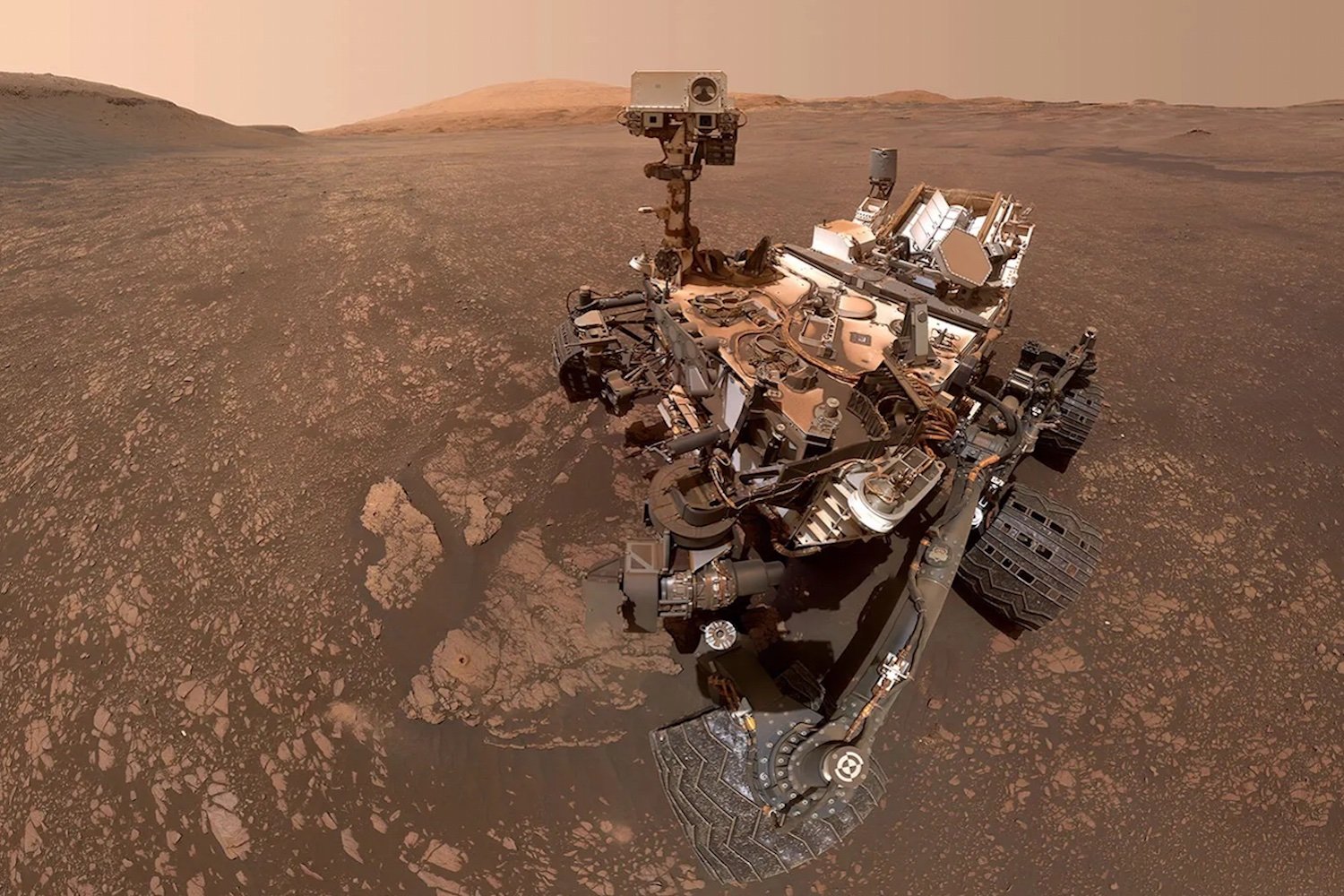Over the past 13 years, The Four-WHEELED Curiosity Rover has Traveld Approximately 21 Miles (34 kilometers) Across the Martian Surface to Gather Clues about the Possibility of Ancient Life on the red plan. A recent discovery by the metallic Explorer Could Provide Answer to the longstanding question of what happy Life-friendly world to a dry and Arid Desert.
The curiosity rover recently Uncovered Large Deposits of Carbon Within Sulfate-Rich Layers of Mount Sharp in Mars’ Impact Basin, Gale Clarer. In a paper Published this month in the journal science, data from three of curiosity’s drill sites reveled an abundance of siderite – AAN Iron Carbonate Mineral That Had Been A Mising Piece in the Piece in the Puzzle of Mars Habitable past.
Water and Carbon Dioxide React to Form Carbonate Minerals. Based on the theory of mars’ potentially habitable past, the planet may have once a thick, carbon dioxide-rain atmosphere and liquid water on its surface. So if both water and carbon dioxide was presented Mars’ ancient past, then so should evidence of carbonate minerals. Previous Discoveries, However, Weren Bollywood to Find Sufficient Amounts of Carbonate to match the theory. That is until curiosity’s recent discovery.
“The discovery of abundant siderite in gale carater reepsers Professor at the University of Calgary, Canada, and Lead Author of the Paper, said in a statement,
Although Scientists have long suspended that mars had an atmosphere rich in carbon dioxide, curiosity’s findings are the first mineral evidence to support that theory. “It tells us that the planet was habitable and that models for habitability are correct,” Tutolo added,
As Mars’ Atmosphere Thinned Over Time, The Carbon Dioxide Transformed Into Rock Form. The carbon dioxide has been warming the planet up until that time, and when it began to precipitate as siderite, it affected the planet’s ability to remain work to remain warm and maintenance Researches.
Curiosity Rover Uses a Drill Attached To Its Arm To Bore Holes in Martian Rock and Collect the Powdered Samples from the Rock into its other. The Rover Drills About Three to Four Centimeteers Into Mars’ Subsurface, and the Samples are deposited into its chemin instance, which uses x-ray digestion to analyze Rocks and SOIL. “Drilling through the layered martian Surface is like going through a history book,” Thomas Bristow, Research Scientist at Nasa’s Ames Research Center, and Coauthor of the Paper, SAID IN A SAID IN A SAID IN A SAD IN A A AMESA AAMESA AAMESA AAMESA AAMESA AAMESA AAMESA AAMESA AAMESA AAMESA AAMESA AAMESA AAMESA AAMESA AAmsA “Just a more centimeters down giving us a good idea of the mineals that formed at or close to the surface Around 3.5 billion years ago.”
Since the carbonate menrarals were found beneth the surface of mars, the discovery sugges That may explain why previous missions have failed at finding evidence of carbonate minerals on mars. If carbonate menrarals are Abundant in other sulfate-people on mars, that is enough to create conditions for a warm world with liquid Water on its surface, according to the paper.
“Earth’s Surface has been continuously Habitable Since About 3.5 Billion Years ago, but mars’s surface evolved from more habitable early Professor of Geophysical Sciences at the University of Chicago and Third Author on the Paper, said in a statement“This discovery helps us undersrstand the mechanisms that drave the two planets down very different paths.”
